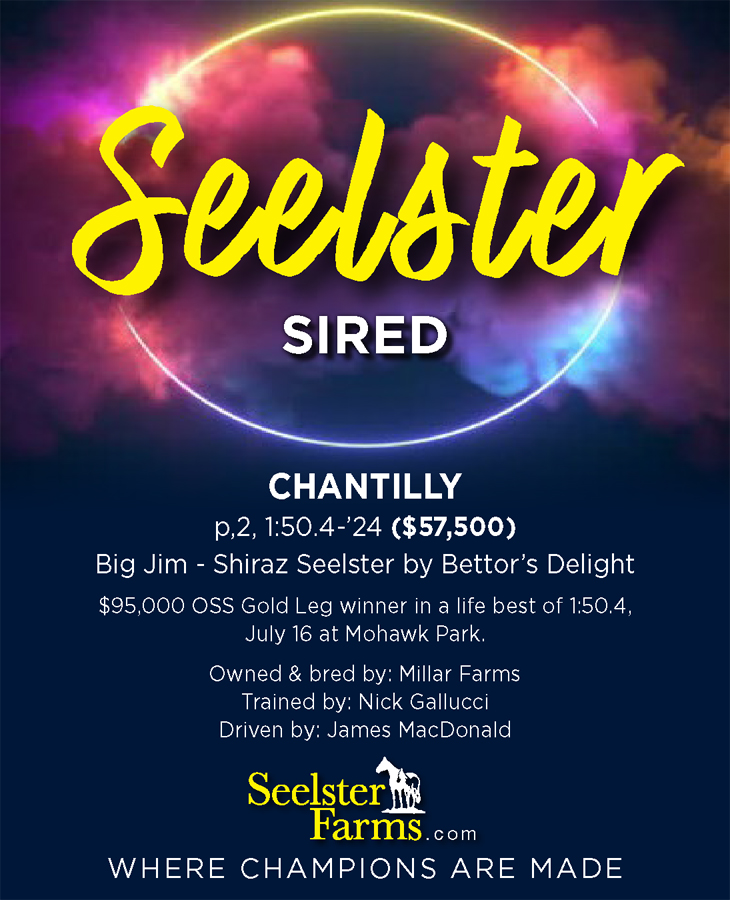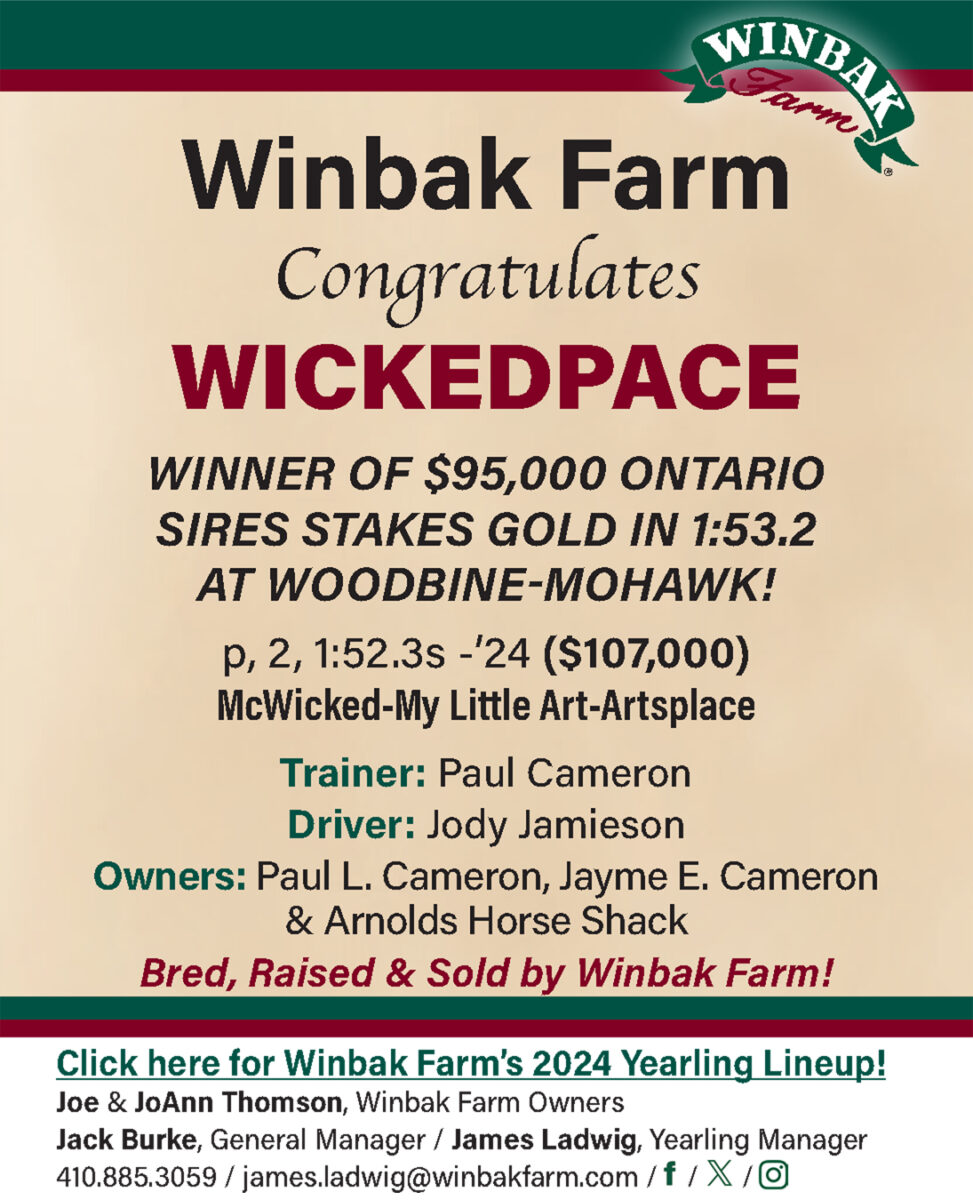

Tar Heel was the foremost broodmare sire of the time, Part 3
by Murray Brown
Part 1 is here.
Part 2 is here.
Quite often the subject of nicks or crosses comes about when discussing the breeding of horses, specifically standardbreds and in this case pacers.
To his era, Tar Heel was recognized as the foremost broodmare sire of the time, perhaps ever.
The numbers are overwhelming.
There have been 4,660 horses out of Tar Heel mares who have raced.
Almost 30 per cent (1,346) of them took 2:00 records, the sign of racetrack superiority for much of that time.
Horses out of Tar Heel-sired mares have earned a staggering $186,113,713, much of it earned in time periods where the purses were nowhere near what they have been in modern times.
Another incredible factor is that Tar Heel produced 28 crops of foals. The number is staggering. It covers at least two eras and quite possibly extends to three. That would be twice as many as most stallions would be expected to have in a lifetime.
For purposes of this article, we will look at the crosses at which Tar Heel mares nicked with best and yielded the best results or ask the question whether there were any specific outstanding crosses at all.
My friend Myron Bell, a person who is one of the great students of pedigrees, sometimes scoffs at those who speak of crosses.
“The only place where crosses are of importance is in church,” Bell said.
Myron is a firm believer in maternal families above all. I am not one to argue with him. That belief has certainly served him and his long-time employer George Segal and his Brittany Farms extremely well.
This scribe is of the belief that good crosses exist, but that they are not necessarily of paramount importance.
Other factors such as maternal families, conformation, speed, demeanor, intelligence and the environment in which they are raised, may be equally important or of greater or lesser importance. I’m of the belief that each mating is a separate breeding that stands on its own merits or lack of same. The challenge of the astute breeder is to determine his breedings in a manner that leads to success by increasing the positives and eliminating the negatives. Even then, breeding quality horses is far from an exact science.
Tar Heel daughters produced seven millionaires by seven different stallions. Is there a special nick there? To this scribe, the answer would be maybe and probably yes. Four out of the seven mares are by Meadow Skipper (Ralph Hanover, $1,828,810) or his sons Most Happy Fella (Doc’s Fella, $1,267,059), Albatross (Praised Dignity, $1,194,713) and Scarlet Skipper (Forrest Skipper, $1,044,650). Two of the remaining three are out of mares sired by stallions who might be considered outliers, Happy Motoring (Anxious Robby, $1,191,383) and Tarport Effrat (Millers Scout, $1,162,061). The remaining millionaire (In The Pocket, $1,537,473) is by Direct Scooter, a successful stallion, who revived the Volomite sire line and is a horse that presently has perhaps the greatest influence on today’s pacing breed through his paternal great grandson Somebeachsomewhere.
One might be inclined to ask will only seven millionaires give a definitive answer to the question of whether specific nicks existed for the matings for Tar Heel mares? Probably not.
Let us look a little farther. We will come up with an answer that may be close to positive.
There has been a total of 50 horses out of Tar Heel mares that have earned in excess of $400,000. No less than 23 of those mares were by Meadow Skipper (3), and his sons and grandsons. They include eight by Albatross and six by Most Happy Fella. Next in line is the Adios line which includes Adios himself (1) and his sons Adios Vic (3) and Dancer Hanover (3).
Those numbers certainly conclude that breeding Tar Heel mares to Meadow Skipper and his sons has proven to be quite successful. How successful, one might ask? I would say more successful than breeding to most other sires. Bear in mind that those numbers do not take into account the total number of mares by Tar Heel which were bred to individual sires or perhaps of equal or more importance, their maternal lineage.
Tar Heel was a great sire and also a great broodmare sire. The fact that he is a great broodmare sire should be a given. All great sires are also great broodmare sires. I’ve yet to find an exception. There are quite a few stallions who are looked upon as good broodmare sires who were not great sires themselves. It is my belief that in many of those cases their maternal family as well as other factors relating to the mare rises to the occasion over the relative mediocrity of the sire. Am I able to substantiate that opinion? The answer is no, not in black and white. The breeding of horses remains and will likely continue to be an inexact science.















